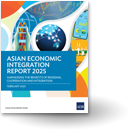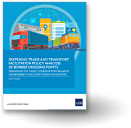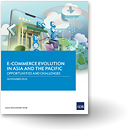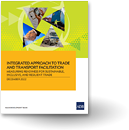Trade and Investment:
Movement in Capital:
People Movement:
Export:
People’s Republic of China’s top partners in Asia and the Pacific
People’s Republic of China’s top partners in East Asia
Initiatives / FTAs
Free Trade Agreements (FTA)
| Proposed/Under consultation and study | 15 |
| Under Negotiation | 8 |
| Signed and In Effect | 23 |
| Signed but not yet In Effect | 2 |
| Total: | 48 |
News
- Thailand launches Chinese platform partnershipBangkok Post3 Dec 2025
- [Republic of Korea's] SK On, Chinese partner to swap stakes in battery [joint ventures]The Korea Herald20 Nov 2025
- Japan tourism, retail stocks plunge after [People's Republic of] China travel warningChannel News Asia17 Nov 2025
Studies and Research
- Green bonds, air quality, and mortality: evidence from the People’s Republic of ChinaLuo, Yan; S. Tian, and H. YangAsian Development Bank1 Nov 2021
- Illuminating the Effects of the US-[People's Republic of ]China Tariff War on [People's Republic of ]China's EconomyChor, D. and B. LiNational Bureau of Economic Research1 Oct 2021
- The Impact of RCEP on Chinese Regional Economy from Global Value Chains PerspectiveL. Zhou et al.GTAP15 Apr 2021




